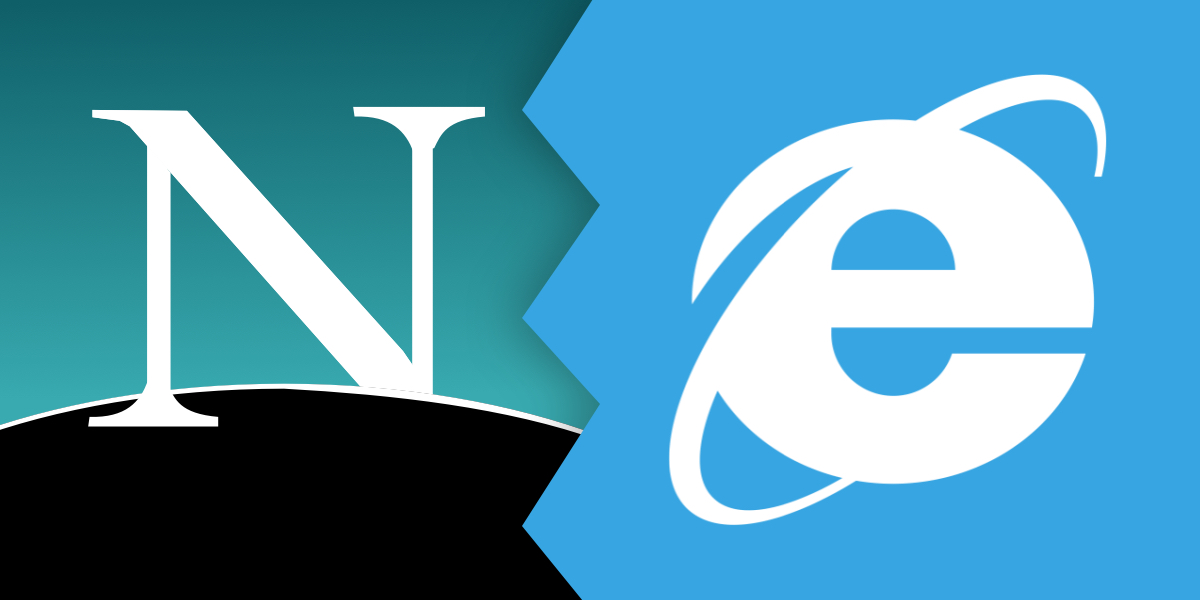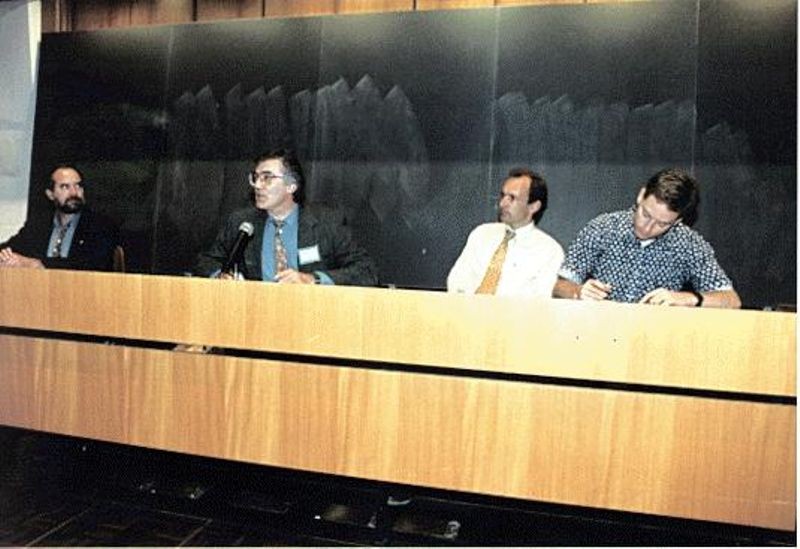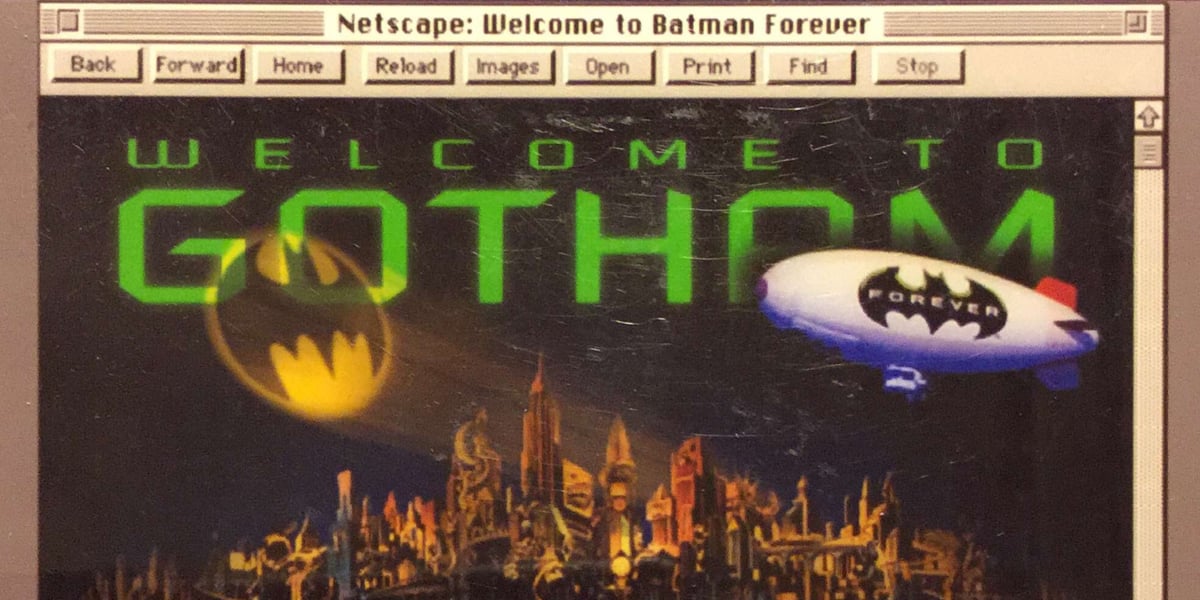Chapter 10: Browser Wars
In June of 1995, representatives from Microsoft arrived at the Netscape offices. The stated goal was to find ways to work together—Netscape as the single dominant force in the browser market and Microsoft as a tech giant just beginning to …





